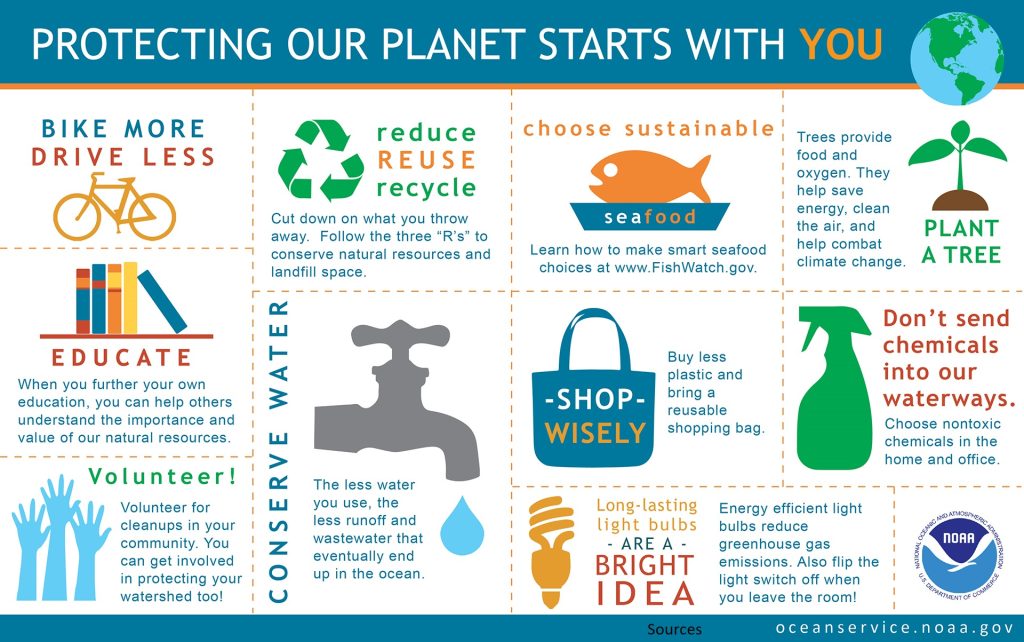 Environmental justice seeks to redress inequitable distributions of environmental burdens (pollution, industrial facilities, crime, etc) and access to environmental goods (nutritious food, clean air & water, parks, recreation, health care, education, transportation, safe jobs, etc…
Environmental justice seeks to redress inequitable distributions of environmental burdens (pollution, industrial facilities, crime, etc) and access to environmental goods (nutritious food, clean air & water, parks, recreation, health care, education, transportation, safe jobs, etc…

Environmental advocacy is presenting information on ecological issues as a way to encourage audiences to adopt more environmentally sensitive practices and bio-centric worldviews.
Climate Resilience and Environmental Sustainability. Climate resilience and environmental sustainability are interconnected concepts that aim to mitigate the impacts of climate change and preserve the health of our planet. Climate Resilience: refers to the ability of natural systems, human societies, and economies to absorb, adapt, and recover from climate-related stresses and shocks, such as extreme weather events, sea-level rise, and changes in temperature and precipitation patterns. Building climate resilience involves implementing measures to reduce vulnerability, enhance adaptive capacity, and promote sustainable development.
Climate Resilience: refers to the ability of natural systems, human societies, and economies to absorb, adapt, and recover from climate-related stresses and shocks, such as extreme weather events, sea-level rise, and changes in temperature and precipitation patterns. Building climate resilience involves implementing measures to reduce vulnerability, enhance adaptive capacity, and promote sustainable development.
Environmental Sustainability, on the other hand, focuses on maintaining the health and integrity of the natural environment, including ecosystems, biodiversity, and natural resources. It involves adopting practices and strategies that minimize harm to the environment, conserve resources, and promote ecological balance and resilience. Environmental sustainability is crucial for ensuring the long-term health and well-being of all living beings and the planet as a whole.
Intersection and Importance: The intersection of climate resilience and environmental sustainability is critical, as addressing climate change requires both reducing greenhouse gas emissions (mitigation) and adapting to its impacts (resilience). Building climate resilience requires environmentally sustainable practices, such as: 
- Renewable energy transitions
- Ecosystem conservation and restoration
- Sustainable land use and agriculture
- Climate-smart infrastructure development
- Disaster risk reduction and management
By integrating climate resilience and environmental sustainability, we can create a more equitable, prosperous, and environmentally conscious future for all.

Ten Simple Things You Can Do to Help Protect the Earth


